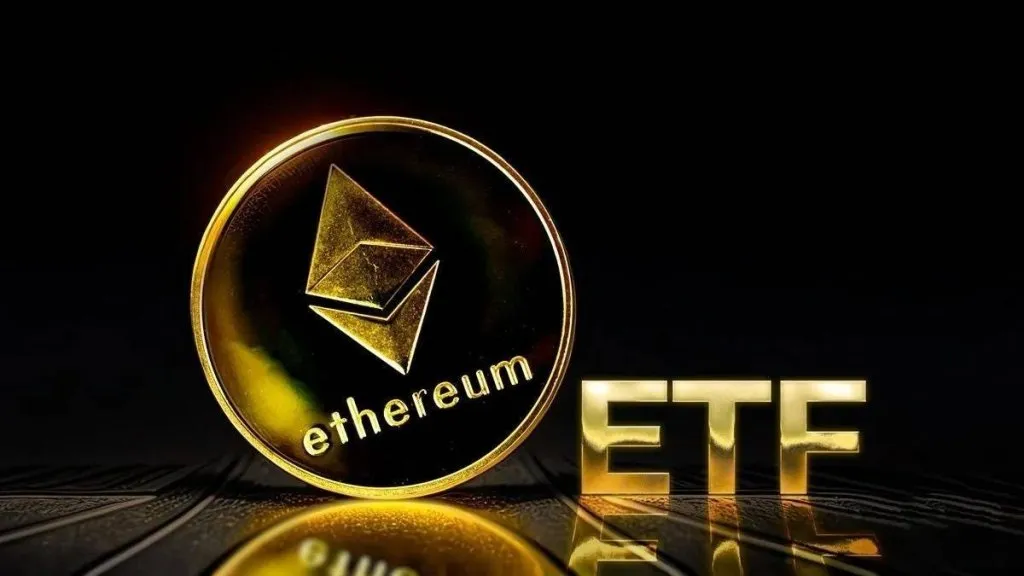In a major development for the cryptocurrency investment space, Fidelity Investments has proposed adding staking capabilities to its Ethereum Exchange-Traded Fund (ETF).
This move aims to enhance the fund’s offerings by allowing investors to earn rewards through Ethereum’s proof-of-stake mechanism, reinforcing bullish sentiment around Ethereum’s potential in traditional finance.
CBOE Files Proposal with SEC
The Chicago Board Options Exchange (CBOE) has formally submitted a proposal to the U.S. Securities and Exchange Commission (SEC) to integrate staking into Fidelity’s Ethereum ETF.
If approved, this would mark a significant milestone in bridging traditional financial markets with blockchain technology, offering institutional and retail investors direct exposure to Ethereum’s staking rewards and strengthening Ethereum’s position as a yield-generating asset.
Expanding Ethereum’s Role in Traditional Finance
Fidelity’s proposal comes at a time when Ethereum staking is gaining traction as an attractive way for investors to earn passive income. By allowing ETF holders to participate in staking, the investment giant aims to make Ethereum a more functional and rewarding asset within regulated financial products.
This move further solidifies Ethereum’s standing as a bullish force in institutional finance.
Market Impact and Regulatory Considerations
The move to introduce staking into ETFs could reshape the crypto investment landscape, but it also raises regulatory questions. The SEC has historically taken a cautious approach to cryptocurrency staking, citing concerns around security classification and investor protection.
Approval of this proposal could set a precedent for similar offerings from other financial institutions, further boosting the legitimacy of Ethereum staking in mainstream finance.
Key Takeaways:
- Ethereum Staking in ETFs – Fidelity seeks to include staking in its Ethereum ETF.
- CBOE’s SEC Filing – The exchange has submitted a request to enable staking functionality.
- Passive Income for Investors – ETF holders could earn staking rewards if approved.
- Bullish Ethereum Outlook – Institutional adoption and staking integration could drive long-term demand.
- Regulatory Uncertainty – The SEC’s decision will be crucial for future staking-based financial products.
The Road Ahead
As traditional financial institutions continue to embrace crypto innovations, the inclusion of staking in ETFs could open new opportunities for Ethereum adoption and institutional involvement. Investors and industry participants are closely watching the SEC’s response, which could shape the future of Ethereum ETFs and staking in regulated markets.
Will Fidelity’s bold move pave the way for other financial giants to follow? The bullish case for Ethereum ETFs continues to grow, and market participants are eagerly awaiting the next developments.
